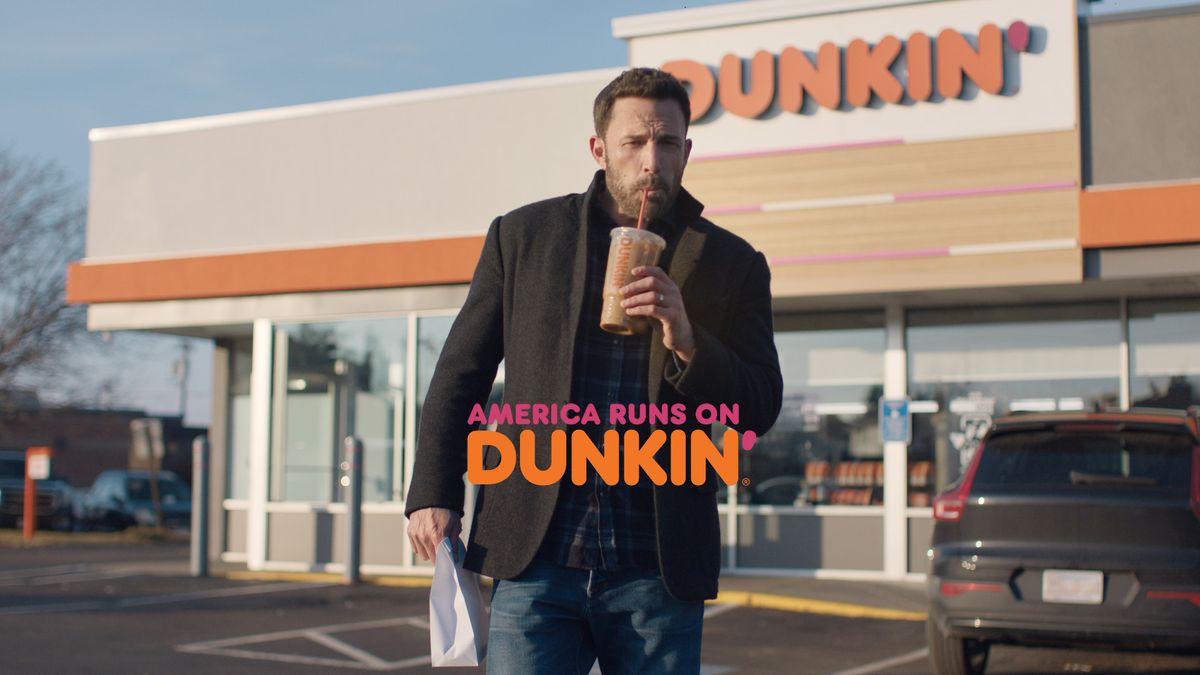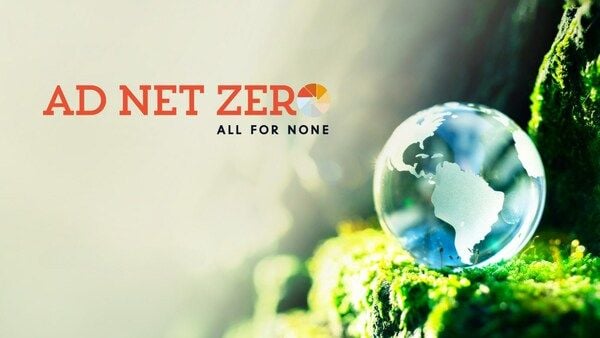Dive Brief:
- JPMorgan Chase cut back the number of websites serving its ads programmatically from 400,000 to 5,000 and saw "little change in the cost of impressions or the visibility" of those ads, Kristin Lemkau, the bank's chief marketing officer, told The New York Times in a report.
- Lemkau said that her company began peeling back on its online programmatic pushes over the past couple of days and was partially spurred on by the recent controversies that have cropped up over ads appearing next to offensive content on Google and its YouTube video platform. Chase, following in the footsteps of companies like Verizon, has pulled its ads from YouTube and also begun to adopt a whitelisting strategy of preapproving both websites and YouTube channels before its ads run on them.
- Chase considered a more studied whitelisting approach after The New York Times pointed out an article that featured an ad from one of the bank's private clients on a website called Hillary 4 Prison. The expected result from Chase's moves was some deterioration in its performance metrics, but Lemkau said this hasn't really been the case.
Dive Insight:
Chase's findings add another layer to standing issues with programmatic technology, suggesting that broad, shotgun strategies, which are adopted with increasing frequency, actually may make little business sense on top of being risky. One of programmatic's promises is digital advertising at scale, but such broad approaches may mean ads are showing up on low-quality sites of little, if any, benefit for brands, as the Chase example suggests. If more marketers follow Chase's suit — adopting a "human-checked" approach, to quote the Times — programmatic could undergo a significant restructuring.
As the Times notes, the move towards a more studied approach for programmatic might hurt smaller websites not necessarily on marketers' radars during the whitelisting process, and also the ad tech firms that tout the broad reach they can achieve with heavy programmatic pushes.
Both publishers and advertisers have decried the lack of transparency in the programmatic ad tech market, and have also raised concerns over the automated technology's inability to discern media that is unsafe for brands.
The safety problem became glaringly apparent last year amid the outcry over fake news or content that is otherwise highly inflammatory and hate-fueled — a controversy getting fresh mindshare with Google's current brand safety woes. For marketers, ads placed on websites or YouTube channels that host such content threaten to damage credibility and image by association.
Forrester Research, in a report published at the beginning of the year, suggested that only 29% of marketers take active roles in whitelisting the websites their ads run on and that marketers might consider buying programmatic inventory directly from publishers, effectively eliminating ad tech middlemen.
On the publisher side of the equation, The Guardian recently filed suit against major ad tech firm Rubicon Project over non-disclosure of buyer fees after an internal audit found the site was only getting 30 pence out of every pound of ad dollars bought.













